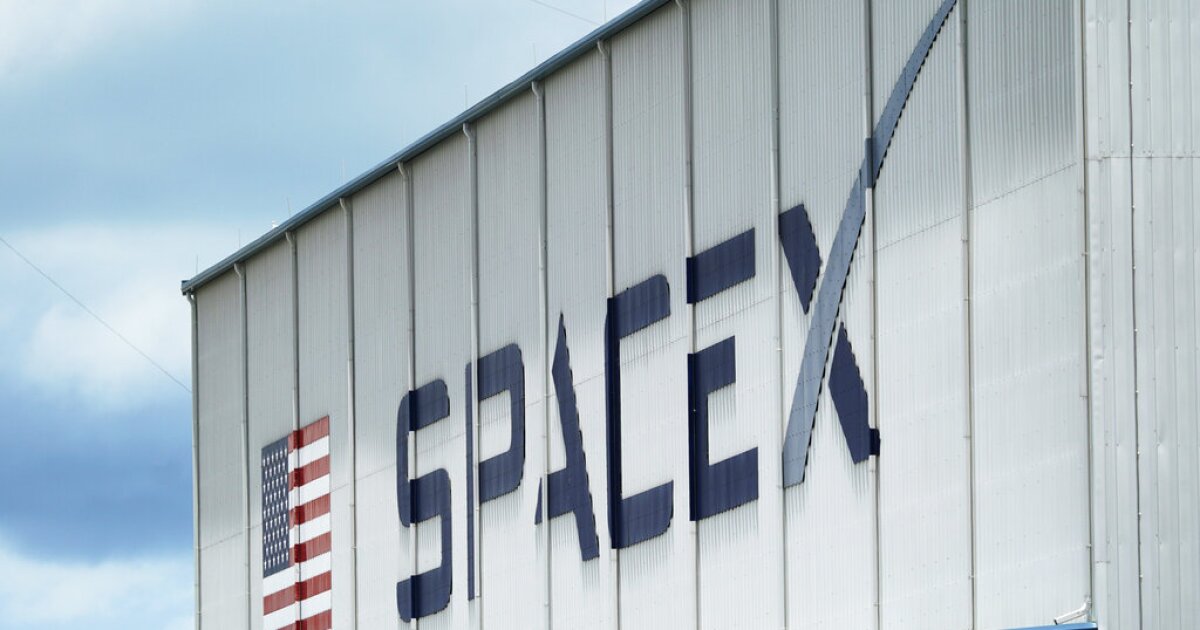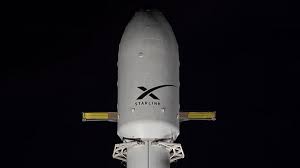SpaceX, once again, dominated the night skies with the successful launch of another batch of Starlink satellites into low Earth orbit. The Falcon 9 rocket, carrying 24 Starlink satellites, took off from Vandenberg Space Force Base on a southern trajectory, soaring from Space Launch Complex 4 East on a mission known as Starlink 17-2. This particular mission aimed to deploy the satellites into a polar orbit, enhancing internet connectivity in the polar regions of the world.
The Falcon 9 rocket lifted off precisely at 9:31 p.m. PDT, with the first stage booster bearing the tail number B1075 making its impressive 19th journey to space and back. This booster has been on several missions before, including the Transporter-11 rideshare, SARah-2, and 15 sets of Starlink satellites. Nearly 8.5 minutes post-launch, B1075 perfectly landed on the droneship ‘Of Course I Still Love You’ in the Pacific Ocean. This landing marked the 142nd successful touchdown for the droneship and the 481st booster landing overall for SpaceX.
These events unfolded in the midst of SpaceX gearing up for its final planned astronaut mission of the year, Crew-11, scheduled for launch from NASA’s Kennedy Space Center in Florida in the coming days. Crew-11 consists of four members who arrived in Florida recently for launch preparations, including a rehearsal slated for Monday. The astronauts are set to liftoff from Launch Complex 39A aboard the Dragon spacecraft, Endeavour, in what will be its sixth flight, setting a new record.
In a parallel narrative, the spacewalk conducted by astronauts Jeff Williams and Kate Rubins marked a significant advancement in NASA’s space missions. The duo ventured outside the lab complex to install a new docking mechanism, a vital component for U.S. crew ferry ships developed by Boeing and SpaceX. These ships are set to transport astronauts to and from the space station, reducing NASA’s dependence on Russian Soyuz spacecraft for crew transportation.
Looking ahead, SpaceX faces a strategic adjustment in its Falcon 9 launch plans following an unexpected outcome during a ground test of the Crew Dragon capsule. The explosion during the test necessitated a change in the landing strategy for the upcoming Falcon 9 rocket, scheduled for an April 30 launch. Instead of landing at the onshore recovery site, the rocket is expected to touch down on a droneship near Cape Canaveral.
The latest Starlink launch was not just a spectacle in the night sky but also sparked curiosity among viewers who witnessed the mysterious lights. SpaceX's website sheds light on these sightings, confirming the launch of 28 Starlink satellites on July 26 from Cape Canaveral Space Force Station in Florida. This mission marks the 22nd flight for the first stage booster, which had previously supported various missions, including Crew-6 and several Starlink deployments.
As SpaceX continues its ambitious space exploration endeavors, the successful Starlink missions and upcoming astronaut launches underscore the company’s commitment to revolutionizing space travel and satellite technology. With each mission, SpaceX pushes the boundaries of innovation, paving the way for a future where space exploration is increasingly within reach.


